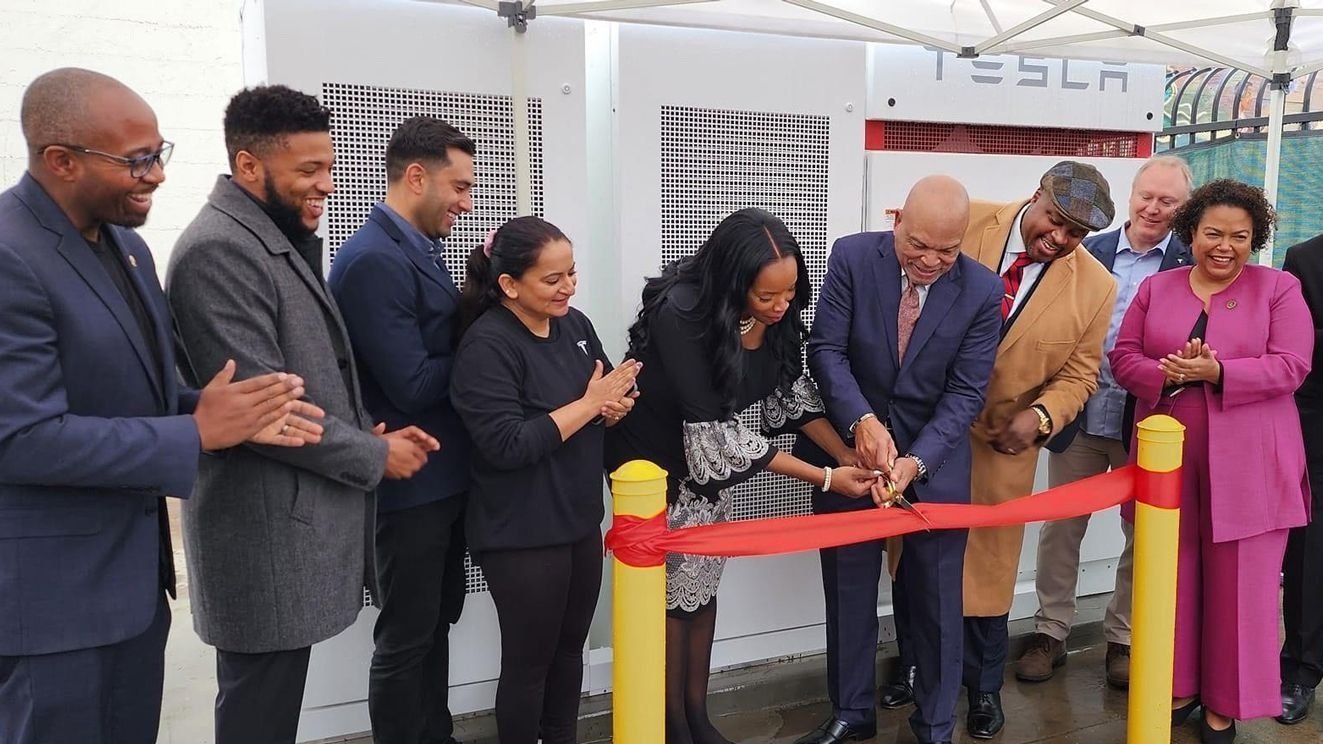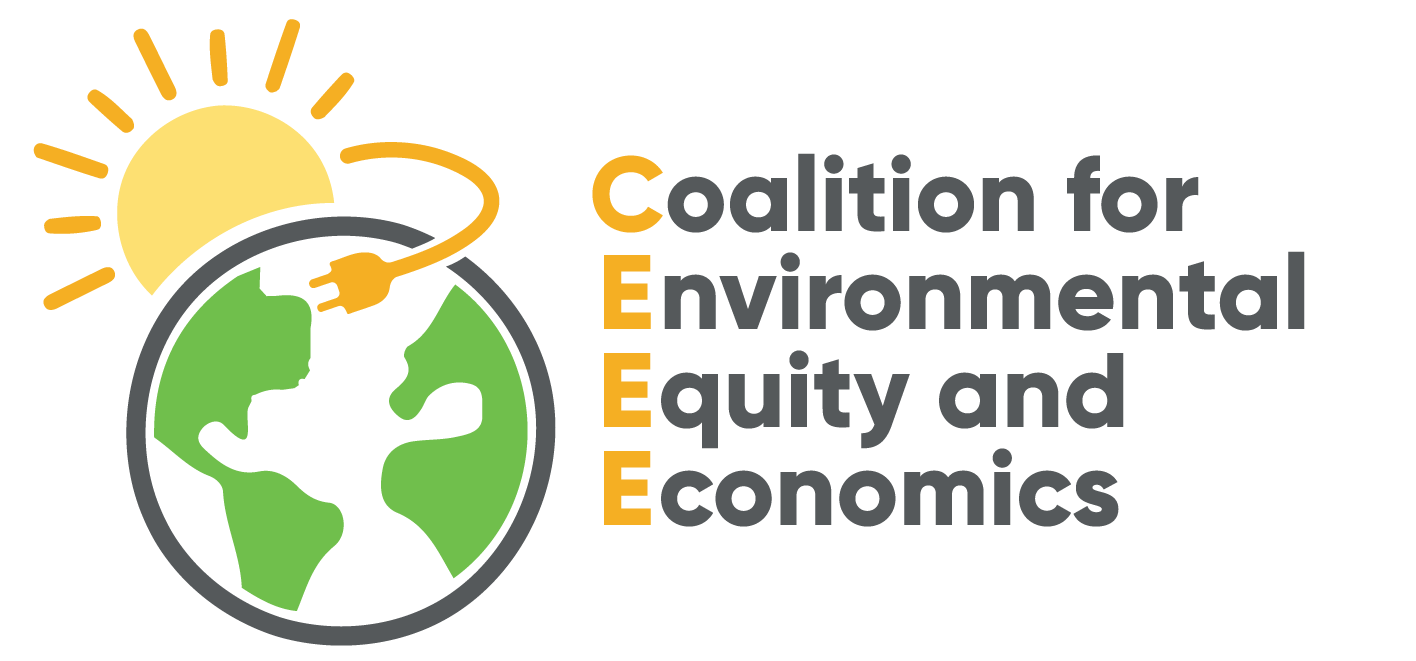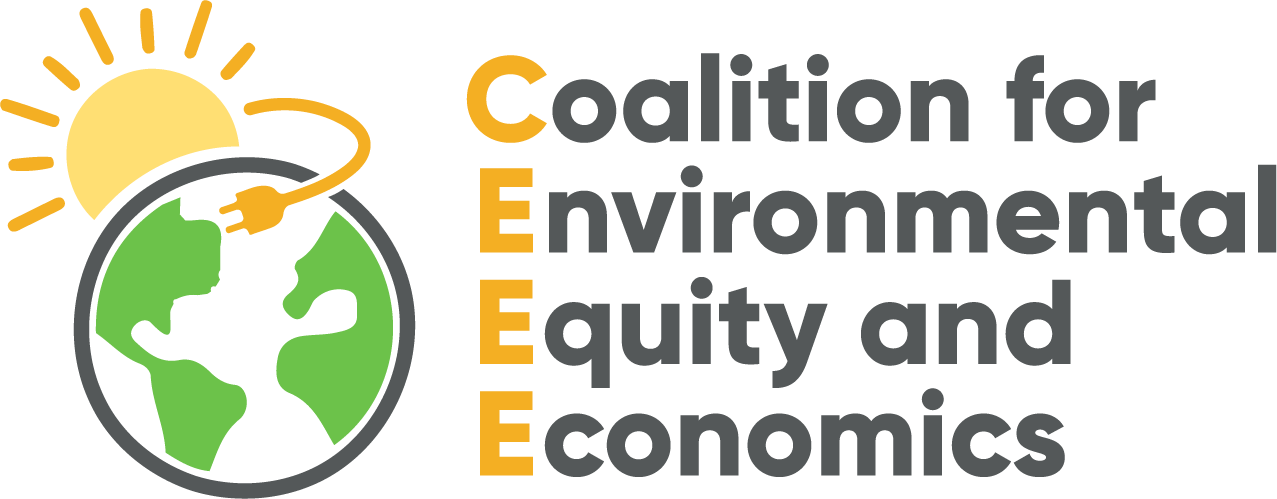
What is Energy Democracy?
Power to Everyday People
Pastor Ambrose Carroll launching sustainable energy project at Allen Temple Baptist Church, East Oakland
A short history of energy
Investor-owned utilities (IOUs) have been around, in some form, since the modernization of electricity in the late 1800’s. The idea was that a private monopoly would build and own the infrastructure to deliver electricity to the masses. This helped grow economies across the world and the U.S. However, these monopolies grew powerful that the high price of power grew so high that the masses could no longer afford basic electricity. As a result, the federal government enacted a regulatory body called the Public Utility Commission (PUC) to check utility greed.
For many years ratepayer advocates fought unreasonable rate increases and unnecessary infrastructure projects. In California, IOUs are guaranteed 10% profit on all infrastructure expansion projects. So, IOUs push hard for new projects, whether needed or not.
The Green Energy Revolution
The Green Energy revolution has changed both the power source we need to create energy and the delivery of that energy. The most obvious and cheapest means of harvesting energy is from the sun. Through photovoltaic energy production, commonly known as rooftop solar, consumers across our nation and California have been able to significantly lower their energy bills and help reduce the carbon footprint of powering a massive electrical grid.
Energy democracy
Energy democracy is a movement of ordinary working people and their communities to free themselves from the monopoly power of IOUs. According to energy democracy advocate Crystal Huang, coordinator of the Energy Democracy Project,“Energy democracy is about local communities taking in their own hands the responsibility of building a cleaner and more equitable future. The low-income communities working to take control of energy resources from the corporate energy establishment and use those resources to empower their communities. It is a movement focused on energy justice.
Energy Democracy pioneer Shalanda Baker offers keen insight into the broad social benefits of the Energy Democracy movement,, “The call for climate justice has multiple dimensions, from ensuring an equitable transition to clean energy for vulnerable communities and workers disrupted by the move away from fossil fuels, to extending the benefits of our economy-wide shift to those who have historically been left behind.”
Energy democracy calls for the decentralization of our current grid system and a transformation to distribute to a clean and affordable energy delivery system powered by solar energy, wind, geothermal energy, energy conservation, energy efficiency, energy storage, and microgrids.
A New, Decentralized Energy Model
To reap the broad benefits that renewable energy makes possible, we need to shift from the old, centralized energy model to a new, decentralized energy model.
This cleaner and more affordable energy model is strongly rooted in community investment in local and onsite energy infrastructure, local economic development as well as community job creation and workforce development, which will lead to community wealth building.
Energy democracy is a win-win proposition for the community across California, especially those in areas that have been disproportionally affected by many decades of industrial and power plant pollution.




